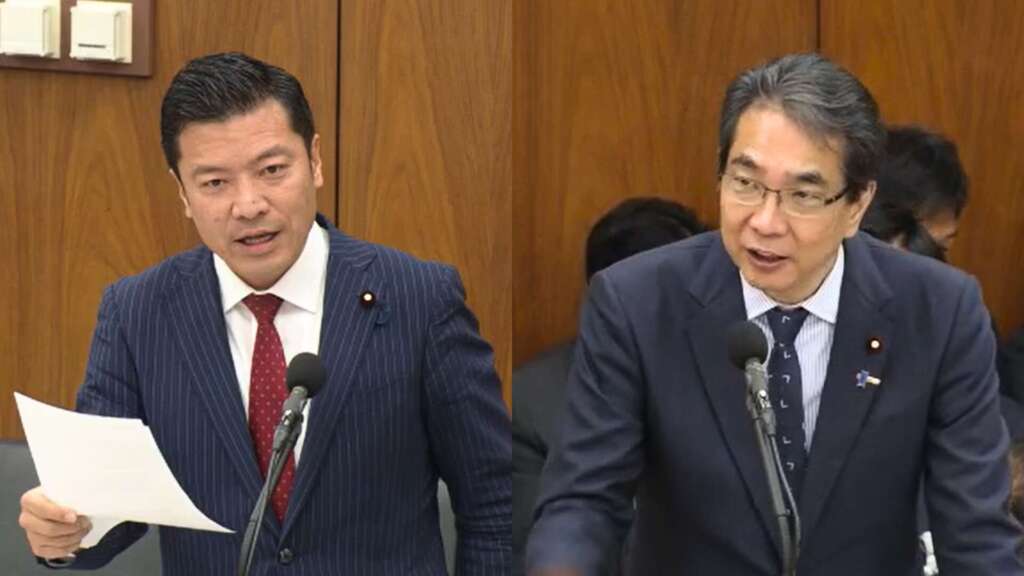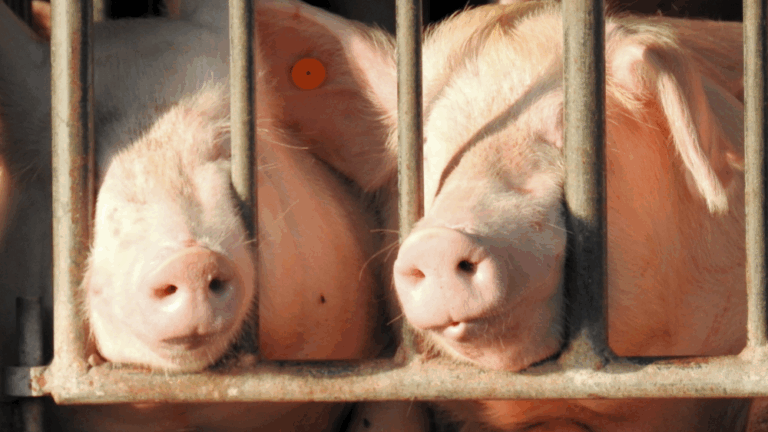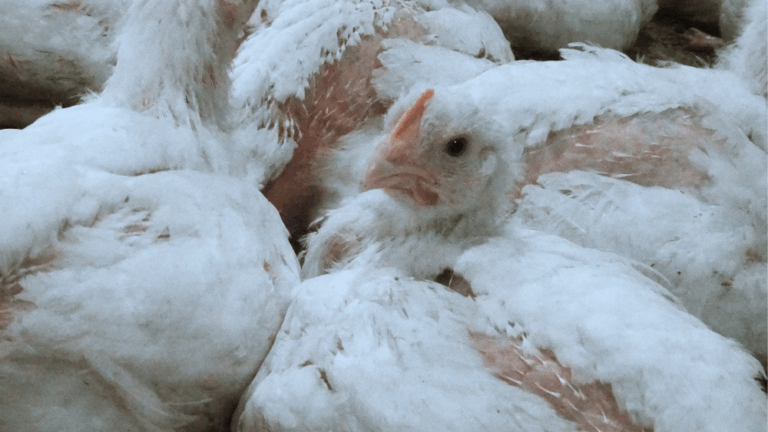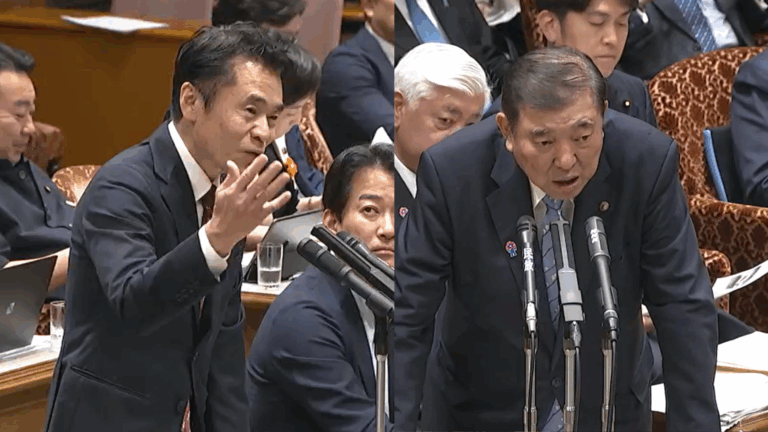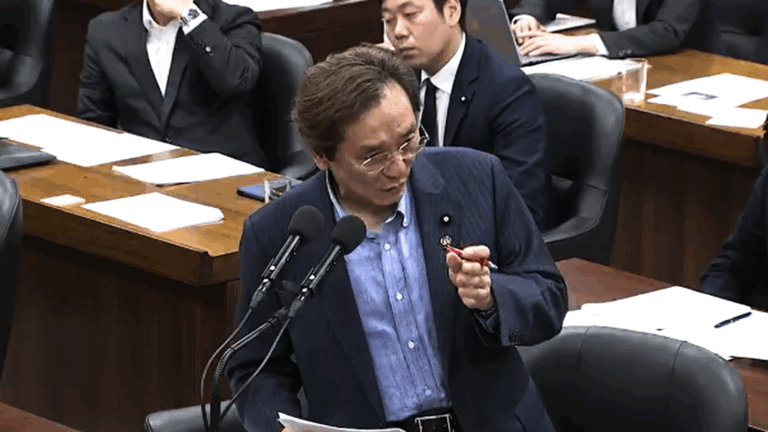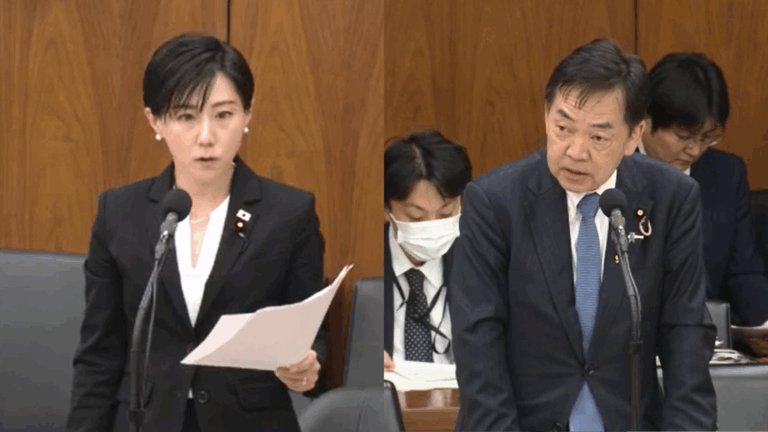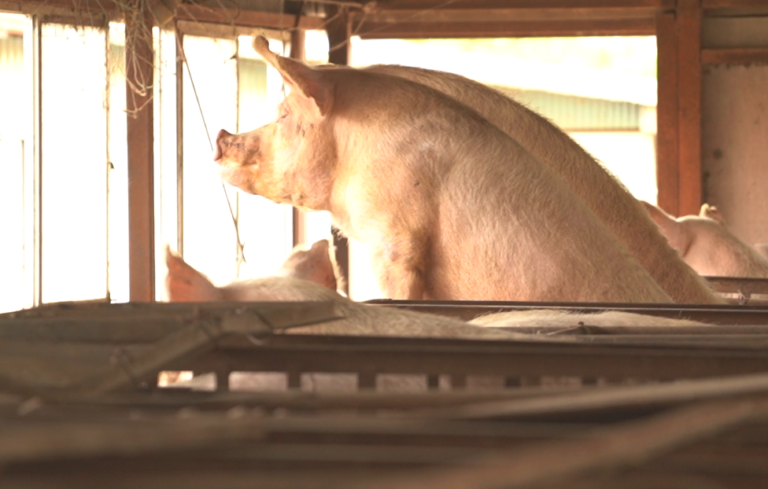The government’s lack of understanding and subsidy for investment in animal welfare facilities has become a bottleneck for cage-free, gestation stall-free, and improved chicken slaughterhouses. Seeing this as a problem, a Diet member, Katsuhiko Yamada of the Democratic Party of Japan’s Constitutional Democratic Party, who himself is a pasture-raised chicken farmer in Nagasaki Prefecture, sought the minister’s understanding at the House of Representatives Committee on Agriculture, Forestry, and Fisheries.
When Councilor Yamada asked if there is any support for capital investment in cage-free, better chicken, gestation stall-free, and bridging-free facilities that meet international standards, MAFF responded that there is support for cattle grazing, including support for pasture fences, and that support is available for egg-laying hens in the Livestock Production Cluster. The Ministry of Agriculture, Forestry and Fisheries responded that support for cattle grazing is available, including support for fences.
Support through the livestock cluster project has been possible for some time, but in practice, the hurdles are very high. This is because the project requires collaboration between livestock farmers and local livestock-related parties (e.g., distributors and processors, agricultural organizations, and government) in order to improve the profitability of livestock production in the entire region. Cage-free may be able to do things such as increase the egg-laying rate per bird, but it will not be easy to increase profitability or push through in the community. Increasing the number of birds in the first place is not in line with the goal of animal welfare. Another major hurdle is the need to gain the understanding of the surrounding stakeholders, even if the producers are willing to do so.
In response, Councilor Yamada called for the need to make animal welfare independent.
Minister Eto said that animal welfare is a difficult issue and that he is aware of the challenge, saying, “Internationally, there is a point of view that it is not appropriate to keep laying eggs in a cage while the animal can only look forward,” but he does not seem to realize that criticism is growing domestically as well. The idea of making animal welfare independent was rejected, citing the possibility of only being able to obtain a small budget, among other things. But this is merely a technicality of the system. The essence is whether or not to recognize the value of animal welfare itself, but this part of the discussion remained blurred.
Another important point is that he stated, “I would like you to understand that we are doing this in accordance with the law of the Ministry of the Environment,” clearly stating that the Animal Welfare Management Law is the basis for the Ministry of Agriculture, Forestry and Fisheries’ animal welfare efforts. The Ministry of the Environment, which has no initiative, is in no position to take the lead. As I will write about in another article, the Animal Welfare Law of the Ministry of the Environment is not necessarily the only basis for animal welfare efforts, considering the characteristics of livestock animals. There is the Basic Act on Food, Agriculture, and Rural Areas, a law of the Ministry of Agriculture, Forestry, and Fisheries, which I believe is also the basis for the need to promote animal welfare.
Full text of questions from the April 8, 2025 Agriculture, Forestry, and Fisheries Committee meeting (pertinent sections only)
Mr. Katsuhiko Yamada: Next, I would like to talk about animal welfare. When I myself went to Switzerland eight years ago to study agricultural welfare, I was surprised at how completely different the methods of animal husbandry were from those in Japan. I learned that cows, pigs, and chickens must be free-range or it would be against the law. Immediately after returning to Japan, I started free-range chicken raising in the great outdoors in my hometown of Nagasaki Prefecture. Among the probably more than 700 members of the Diet, there are very few who practice animal welfare. In that sense, I would like to ask a question with my thoughts on the field.
Animal welfare is defined as understanding that animals are conscious and sentient beings and treating them appropriately in an environment that does not interfere with their ecological needs, even if only for a short lifetime. This concept was proposed in the United Kingdom in 1965 and has been adopted around the world. And Japan lags far behind the rest of the world in this area of animal welfare. Japan is ranked G, the lowest in the 2020 Animal Protection Index ranking released by the World Society for the Protection of Animals, which works to protect animals around the world. See Document 5. If you do not incorporate international standards, you will not be evaluated. What kind of support will the government provide for capital investment to free animals from small and cramped environments, to cage-free eggs, to Better Chicken for meat, to gestation stall-free pigs, to tether-free cattle, and to create such animal welfare-friendly environments?
Director Matsumoto: I will answer. In terms of production methods that are compatible with animal welfare, for example, we have provided support for the development of fences and water intake facilities necessary for cattle grazing, as well as for the introduction of milking robots, which are feeding management systems that encourage independent behavior of dairy cows, and flat-feeding systems for egg-laying hens, through livestock cluster projects and ICT-enabled We have also provided support for the introduction of milking robots, a feeding management system that encourages independent behavior of dairy cows, and the introduction of the flat-feeding method for egg-laying chickens through the Livestock Production Cluster Project and the Introduction of ICT Machinery and Equipment Project.
Mr. Katsuhiko Yamada: Yes, thank you. In the livestock cluster project, we are now able to support animal welfare initiatives, but most of the livestock farmers do not know this information. I heard from a young farmer who newly started pasturage on the island of Iki. He told me that they all understand the importance of the environment in raising good cattle, and that they are making efforts to reduce the stress of their cattle in their limited environment and barns. If grazing of livestock animals is to be actively promoted, for example, I believe that it should be made independent from the livestock cluster as an animal welfare environment improvement support project and communicated to the field in an easy-to-understand manner. Would you agree with these ideas, Mr. Minister?
Minister of Agriculture, Forestry and Fisheries Taku Eto: This animal welfare. It is difficult. There are international concerns about the situation in which animals are kept in a cage and are allowed to lay eggs while facing the front of the cage. However, with the limited land available in Japan, it is difficult to produce eggs to meet the public demand, but I would like to ask for your understanding that we are doing this in accordance with the law of the Ministry of the Environment. As for separating the animal welfare part from the livestock production cluster, I think it would be easier to do so if the animal welfare part is included in the livestock production cluster. If we separate the animal welfare part from the livestock cluster, there may be a question of how much budget we will be able to obtain, At the same time, I think it is necessary to explain the situation to the international community.
Mr. Katsuhiko Yamada: Thank you very much. I have many more questions, but time is running out.
